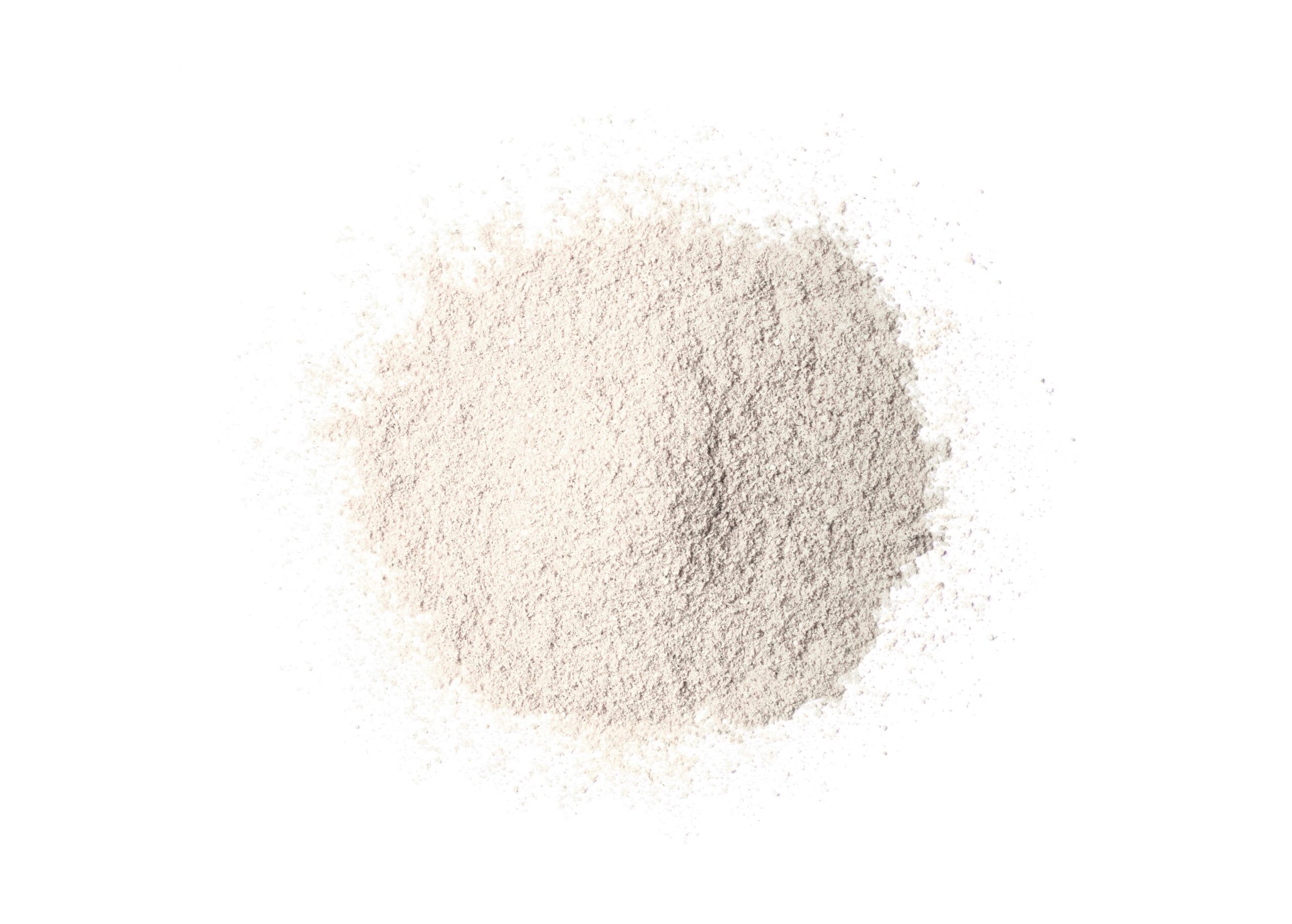
Washington, DC—Patiromer, a sodium-free, nonabsorbed potassium binder is approved for the treatment of hyperkalemia. Results from the OPAL-HK study demonstrated the efficacy and safety of patiromer in controlling serum potassium while maintaining renin-angiotensin-aldosterone system (RAAS) inhibitor therapy in younger and older adult patients with hyperkalemia over three months of treatment.
The AMETHYST-DN study was a 52-week, multicenter, open-label trial of patients on RAAS inhibitor therapy with estimated glomerular filtration rate of 15 to 60 mL/min/1.73 m2, type 2 diabetes, hypertension, and documented hyperkalemia, defined as serum potassium level >5.0 mEq/L. Matthew R. Weir, MD, and colleagues reported results during a poster session at Kidney Week 2019 in a poster titled Patiromer Controls Serum Potassium for Up to 1 Year in Hyperkalemic Patients with Diabetes and Advanced Kidney Disease on RAAS Inhibitors Regardless of Age.
In the AMETHYST-DN study, patiromer was titrated, if needed, to achieve and maintain serum potassium level ≤5.0 mEq/L. Patients <65 years of age (n=122), 65 to 74 years of age (n=122), and >75 years of age (n=60) were randomized and received one or more doses of patiromer.
At baseline, mean serum potassium levels were 5.32 mEq/L in participants <65 years of age, 5.31 mEq/L in those 65 to 74 years of age, and 5.19 mEq/L in those ≥75 years of age. By day 3 (~48 hours following the first dose of patiromer), in all three groups, mean levels of serum potassium were reduced: 4.97, 4.90, and 4.89 mEq/L, respectively.
The least squares mean changes in serum potassium from baseline to week 4 were –0.67 mEq/L in the <65 group, –0.82 mEq/L in the 65 to 74 group, and –0.65 mEq/L in the ≥75 group (all P<.0001). After 52 weeks of therapy with patiromer (end of treatment), the least squares mean changes from baseline in serum potassium were –0.66 mEq/L, –0.68 mEq/L, and –0.61 mEq/L, respectively ( all P<.001).
Through 1 year, one or more patiromer-related adverse events were reported by 18% of patients in the <65 years of age group, 23% in the 65 to 74 years of age group, and 17% of patients in the ≥75 years of age group. The most common adverse event was constipation. During the 52-week treatment period, there were few adverse events associated with discontinuation of treatment: 9%, 9%, and 10% of patients across the three cohorts.
“Regardless of patient age, daily treatment with patiromer reduced and maintained control of serum potassium for up to 1 year in hyperkalemic patients with advanced diabetic kidney disease receiving RAAS inhibitors. Patiromer was generally well tolerated,” the researchers said.
Source: Weir MR, Mayo M, Garza D, Budden JJ, Arthur S, Bakris G. Patiromer controls serum potassium for up to 1 year in hyperkalemic patients with diabetes and advanced kidney disease on RAAS inhibitors regardless of age. Abstract of a poster presented at the American Society of Nephrology Kidney Week 2019 (Abstract FR-PO255), November 8, 2019, Washington, DC.
Funding for this study was provided by Relypsa, Inc.







 © 2025 Mashup Media, LLC, a Formedics Property. All Rights Reserved.
© 2025 Mashup Media, LLC, a Formedics Property. All Rights Reserved.